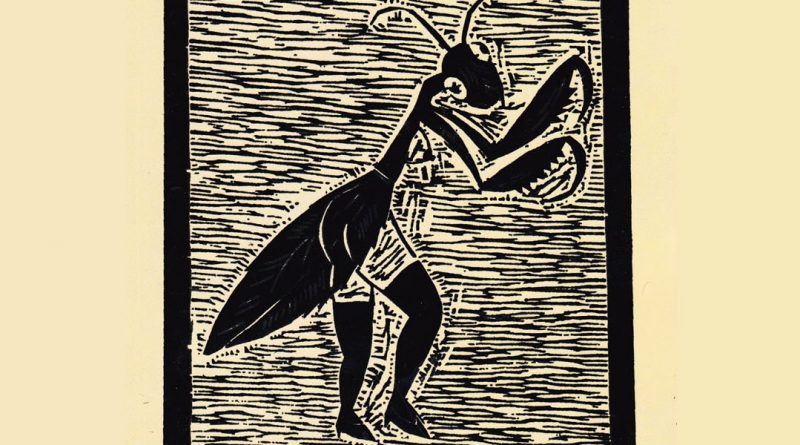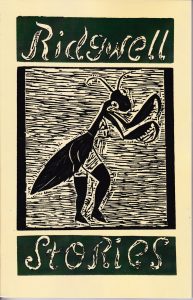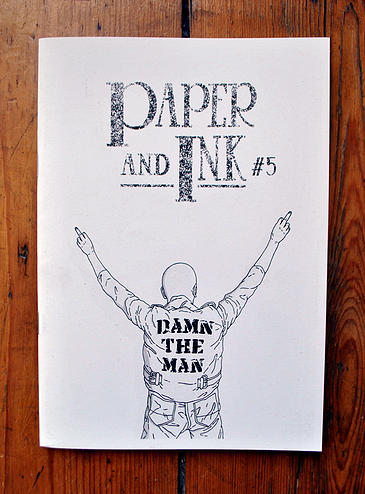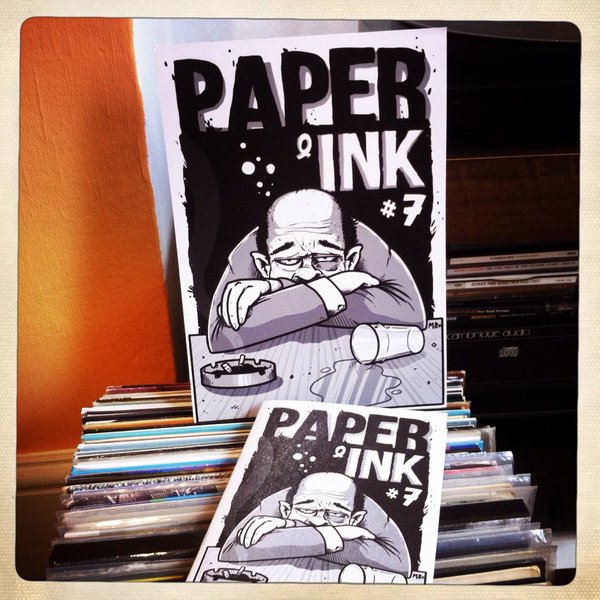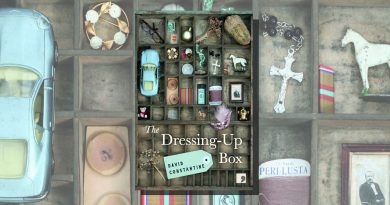Ridgwell Stories and others by Joseph Ridgwell
–Reviewed by Markku Nivalainen–
Joseph Ridgwell’s individually published poem, Where are the rebels?, asks what happened to the revolutionary dreams of the bygone era of youthful rebellion. Although a short poem, it is delightfully dense and ambiguous, being neither simply a clarion call nor a lament, but a precarious combination of the two. This is exactly the kind of paradox Ridgwell likes to revel in, and it makes the experience of reading his well-crafted and often funny Stories simultaneously engaging and irritating. The stories are frequently set in a world that is disturbing, even downright repulsive, yet this is occasionally offset by absurd humour. The darkness comprises all imaginable intoxicants and a smorgasbord of behaviours ranging from coprophagia to necrophilia and other unorthodox conditions and desires. One wishes never to have entered such a world and would be more than happy to leave it quickly behind, only the grotesqueness grants it with inconceivable staying power.
Ridgewell Stories starts with a tale depicting a transgression of the more traditional variety, namely a petty theft that goes horribly wrong. It reads like a parody of a memoir, a feeling that is enhanced by the next story, one of several containing a memorable, yet relatively unlikely, anecdote of a British celebrity. The humour on the first one, like so many of the jokes found in the book, comes across as gratingly offensive, putting Ridgwell’s stratagem to a serious test. Since everything is layered with irony, it is not always easy to tell what the purpose of a particular unpleasantness is supposed to be. And not all of the jokes are funny. Take for example a story about Sean Connery flippantly telling his best sexual experience being ‘Petula Clark, up the arse, 1964’. Is it meant to be a comment on the revelations pertaining to recently deceased celebrities? Or is it just casual misogyny? Where in the story exactly is the joke and how is one supposed to be able to tell?
The bleak humour is easier to take in when the stories are purely fictional, yet even these stories have an uncanny ability to make the reader feel extremely uncomfortable with their own laughter. Fables and forays into science fiction are interspersed with painstakingly constructed realist narratives that again echo the faux-memoir feel. All in all, the collection is a glorious mishmash of genres and some of the tales come across as pastiches of nothing in particular. ‘The Old Lady of Threadneedle Street’, first published in the delightfully anachronistic Edinburgh broadsheet One O’Clock Gun, is a prime example. The allegorical story describes a chance encounter between the narrator and an older woman ‘on Saturday afternoon in a dead pub in a dead city’. Their tryst serves as a setting for a meditation on history, memory, and illusion, summed up by the narrator’s aperçu: ‘How unfair life is when you are born too late.’
All that is left of the glory days are sex, drugs, and violence. That all the stories found in the collection gyrate around these three axes makes the book a baffling read. All the debauchery seems like a nod to a bygone era, a feeling enhanced by the arresting woodcut illustrations. While sex, drugs, and violence used to be more common in alternative and crime writing than in more traditional storytelling, this is obviously no longer the case. The question therefore is what exactly can be achieved by focusing on these topics in our day and age?
Whether it is meant as a key or not is unclear, but Ridgwell is described in the brief author biography as ‘a cult figure of the literary underground’ and it is probably worthwhile to think what that might mean. It is of course possible that in this case ‘underground’ refers to the somewhat limited visibility of the author’s writing in (social) media, but I am nevertheless going to assume that it has to do with the nature of Ridgwell’s work. Back in the day, certain types of writing were pushed underground by mainstream publishers who shunned alternatives to both established modes of storytelling and conventional notions of morality. However, the changes in moral climate and the massive transformation of the publishing industry means that nowadays being underground is first and foremost a matter of style, which brings with it its own set of problems.
By adopting a radical underground posture, a writer will always risk occulting any genuinely radical thoughts and ideas he or she has sought to convey, what ever they might be. Recycling the tropes of the calcified underground tradition tends to betray the essentially conservative nature of nostalgia, as there seem to always be an over-abundance of writers who hope, or believe, that writing shamelessly about drug use and homosexuality is a subversive gesture just because it would have shocked the middle-class audiences of the 1950s. Bluntly put, a latter-day writer needs to have a very good reason for recycling the well-worn themes of sex, drugs, and violence since repugnancy hardly serves a purpose in itself.
The motivating force behind Ridgwell Stories seems to be the astonishment caused by the superficiality of western capitalist culture and everything it entails. As such, it is tempting to read the collection as an answer to the question posed in the poem mentioned at the beginning of this review: Where are the rebels? What are we to do with the seemingly obsolete tools they left behind? The disillusionment remains and so does the anger. Stories ends with a fable called the ‘Moon Rabbit’, which contains a particular depiction of farcical excess that provides an amusing summation of both Ridgwell’s ethos and the reader’s experience of reading the collection:
“Cara Dross approached a gilt 1960’s cocktail bar and poured herself a large G&T. Nolet’s Family Reserve Dry Gin, the godfather of all artisanal gins. Consistently the most expensive gin in the world at nearly £500 a bottle. For ten generations, since 1961, the Nolets have perfected their gin. Aromatic from the start to finish, the tightly guarded botanical list adds to its allure. Botanicals that are known to be in the mash bill include juniper, saffron, orris root, cassia, verbena, liquorice and rose petals. As the most expensive spice in the world, saffron is rarely used in spirits, but it is included here, giving this gin a slightly golden hue. ‘Anyway,’ Dross said between slurps of piss-coloured spirit, ‘we digress. What in reality does it all mean?’
Indeed.

Reviewed by Markku Nivalainen — Markku is a lapsed academic and an occasional critic. He lives in Pontyclun, Wales, and provides administrative assistance for the Cardiff University Library.
You can get in touch with Markku via his website, The Unemployed Philosopher: http://unemployed-philosopher.co.uk

